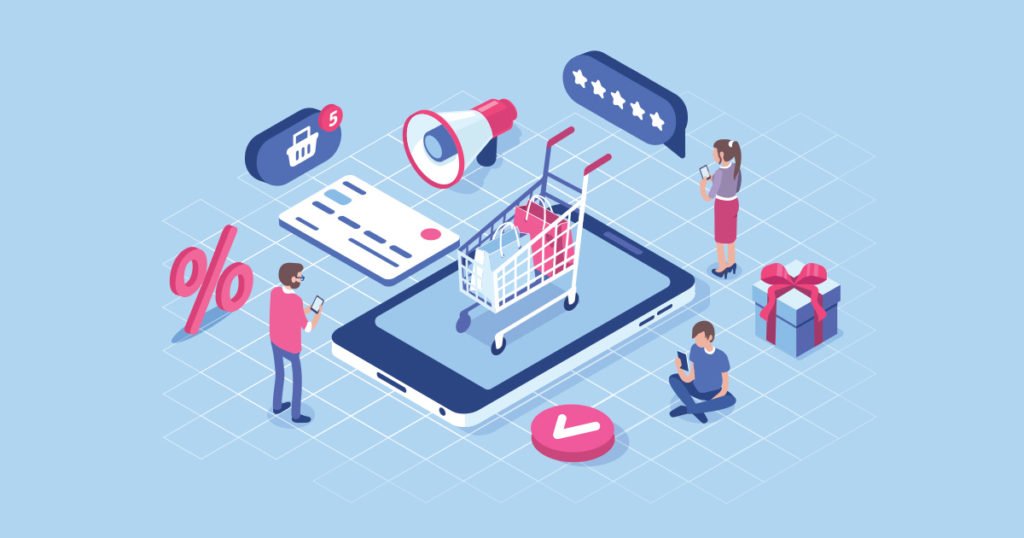For years Pinterest has served as a popular source of inspiration and creativity. As we continue to navigate through the unprecedented challenges of COVID-19, and people around the globe continue to practice social distancing, even more are turning to the platform as a primary destination for shopping and discovery.
More specifically, over the past two weeks, Pinterest observed a significant uptick in the interest of areas spanning home, self-care, and kid-friendly food and activities. Keywords being used the most include “home organization” (+43%), “spa day at home” (+19%), makeup tutorial for beginners (+180%), and “kid-friendly recipes” (+64%)
In response to the increase in traffic and what the company is referring to as an “unprecedented change in modern retail,” Pinterest is offering retailers the opportunity to reach their audiences in the places where they’re most interested to shop.
THE VERIFIED MERCHANT PROGRAM
The Verified Merchant Program is officially open to all U.S. businesses but was introduced with a select group of retailers including Quay Australia, Ruggable, Filson, Coyuchi, and Lotuff Leather who were manually vetted against Pinterest’s criteria for high-quality customer service experiences.
Aside from earning a fancy blue checkmark on their profiles, verified merchants have the capability to connect their catalog directly to the platform triggering a ‘Shop’ tab, through which they can amplify all of their shoppable products in one convenient spot. In addition, these products will be displayed within dedicated shopping experiences like when users are browsing related products.

From a measurement standpoint, merchants will gain early access to Pinterest’s new Conversion Insights tool that encompasses both organic and paid conversion sights enabling you to measure the impact of your brand across site visits, checkouts, and sales over multiple attribution windows.
With background into the program laid out, the next question becomes, ‘how do I get my brand verified?’
- To begin, upload your product feed to Catalogs. This is the quickest way to get your products on to the platform and generate Product Pins which will tell users key information such as price, availability, a brief description as to what the product is,
- Next, install the Pinterest tag. An important benefit of tags is that they help streamline the tracking process regarding actions coming from potential customers. If you don’t wish to use Pinterest’s tag, you can opt to use a compatible tag manager.
- Meet Pinterest’s Merchant Guidelines. At a high-level, these requirements emphasize accuracy, transparency, and high-level details usable for both Pinners and customer service providers.
PROGRAM PERKS & THE FUTURE OF E-COMMERCE
While each brand should do their due diligence of accessing the fit and viability of the program against their specific goals, there seems to be reasonable pay-off across the board. Pinterest receives more accurate, informative Pins, brands get a boost in exposure, and users can engage with personalized and targeted experiences compatible with their interests and needs as they quarantine.
“As consumers shift their spending to online channels, brands should inspire Pinners and create a shopping experience that feels more like ‘real life,’ bringing a sense of normalcy and delight to challenging times,” Pinterest reiterated in its blog. With the length of ‘stay at home’ orders still up in the air, this shift will continue to grow the longer we’re confined.
For more information on the program including how to apply, you can check out this page. Pinterest’s Head of Global Retail Strategy, Amy Vener, will also lead a global webinar next Tuesday, April 7 (2pm ET) with special guests to unpack insights surrounding the evolution of retail we’re currently experiencing.
Join 100,000+ fellow marketers who advance their skills and knowledge by subscribing to our weekly newsletter.
